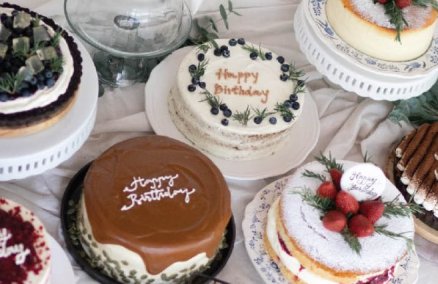The folks: The first estate to produce and bottle their wines on-premises, Chateau Mouton-Rothschild in Pauillac, Bordeaux, is one of the acclaimed, first growth Bordeaux estates, and their wines can go for hundreds and thousands of dollars. In the 1930’s, after a bad grape harvest, Baron Phillipe de Rothschild created a second wine, which eventually developed its own popularity, even though the baron felt it wasn’t deserving of the Mouton-Rothschild name. The word ‘cadet’ refers to ‘youngest son,’ which implies that the Mouton Cadet is the runt of the litter. Nevertheless, it is a huge brand and the best-selling Bordeaux in the world, due to a combination of name and affordability.
The grape: The fame of the Bordeaux region wines lies in the winemakers’ ability to blend several varietals. This one is a blend of 65% Merlot, 20% Cabernet Sauvignon and 15% Cabernet Franc, all typical varietals of the Bordeaux region. Merlot, which constitutes the majority of this blend, is typically medium-bodied and less intense and tannic than Cabernet Sauvignon. The Cabernet Franc is a milder version of the Cabernet Sauvignon and is almost always grown to be used in a blend. It can lend some heady fruits and floral tones to the overall composition, such as cassis and even violet.
The label: Bordeaux wines almost never bear the name of the varietals on the bottle. Instead they simply say Bordeaux. Also, in a first wine of Mouton-Rothschild, the appellation would read Appellation Pauillac Controlee. But the Mouton Cadet has a general Bordeaux appellation. This is because the demand for the wine has been so huge that the chateau has had to bring in grapes from other vineyards in the region. That’s not necessarily a bad thing, as the popularity of the wine attests, though serious wine connoisseurs obviously would turn up their noses.
The look: A luscious garnet color.
The smell: Dark fruits like blackberry, some pepper and even hints of toast. The Cabernet composition is obvious in the pleasant, slightly musty aroma.
The sip: Dry yet fruity, with balanced tannins. Newcomers may not find it very easy to drink, but it’s a good introduction to serious wines, without actually being one, at a fraction of the price.
The food: Heavy meats and/or strong sauces. Lamb, game or even fish in heavy, creamy sauces or red wine reductions.
The damage: B1,250 at various stores and supermarkets such as Villa, Foodland and Tesco.
Advertisement















